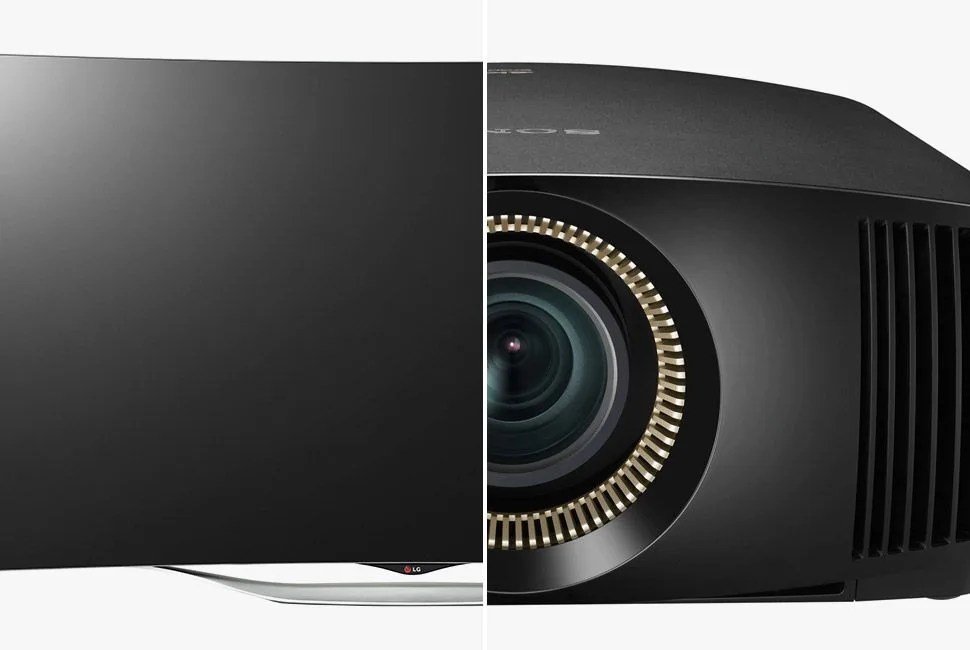Cost per inch of screen: it’s the kind of fuzzy value calculation that warms many home theater shoppers up to the idea of buying a projector in the first place. But is it really that simple? We asked several experts in the field to explain how they approach the choice between a projector and TV.
MEET THE EXPERTS
The home theater experts we consulted were kind enough to share their knowledge and predict what they think will be the next big technology. If you’re interested in building a home theater and need help, contact these company owners.
Kerry Bright, Bright Home Theater, New York, NY
Dennis Erskine, The Erskine Group, Dallas, GA and Vancouver, WA
Theo Kalomirakis, TK Theaters, New York, NY
Tom Manna, Digital Home Systems, Rye Brook, NY
Mark Prancuk, Sight & Sound Showroom, Norwalk, CT
The Case for the TV
The major advantages TVs have always held over projectors stem from their ease of use and installation. Anyone can set up a TV. They also turn on much more quickly than projectors and don’t require a dark room to use. Popular LED HDTVs are cheaper to power because they consume less energy, and while projector costs have declined in recent years, LED HDTVs are still the more affordable option for those working with lower budgets.
Beyond those base advantages, new technologies (including Quantum Dot advances released at CES) are improving many of the image quality shortcomings that have plagued LED TVs in the past. Small screen sizes are also quickly becoming a thing of the past, though they are still far from winning a measuring contest with projectors. A 60-inch LED HDTV is available for less than $1,000, and some manufacturers offer options up to 105 inches.
